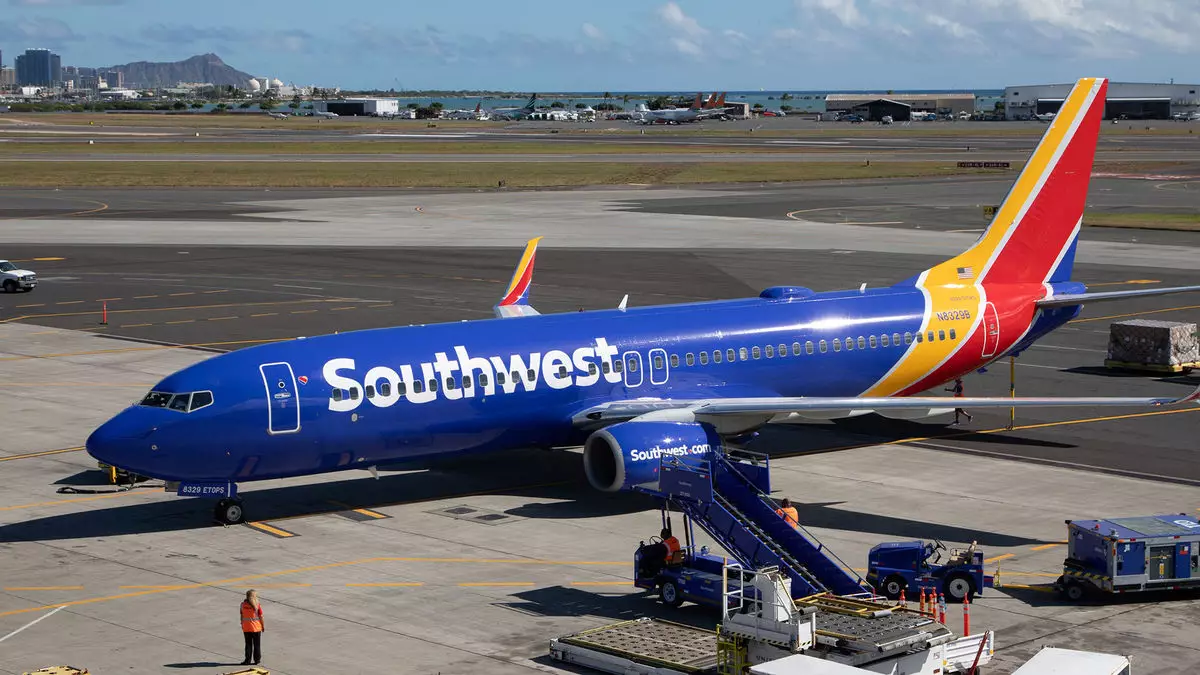Southwest Airlines recently announced plans to introduce premium extra-legroom seats on its planes, marking the first time the airline will offer such a product. The CEO, Bob Jordan, emphasized that despite this new addition, Southwest will continue to uphold its low-cost identity. The decision to add extra-legroom seats comes as part of an effort to close the profit-margin gap between Southwest and its competitors, such as Delta, United, and American.
Changes in Seating Policy
One significant change accompanying the introduction of extra-legroom seats is the implementation of assigned seating, departing from Southwest’s traditional open-seating policy. This move is expected to provide customers with a more structured boarding experience while ensuring a comfortable flying experience throughout the cabin. While Southwest has not provided specific details on the changes, the focus remains on maintaining simplicity and customer satisfaction.
Southwest’s extra-legroom seats will not be adorned with additional frills, aligning with the airline’s philosophy of simplicity and practicality. The goal is to offer passengers enhanced comfort without compromising on affordability. The new premium seating is expected to appeal to a broader range of travelers, further expanding Southwest’s customer base.
The rollout of extra-legroom seats is anticipated to occur in conjunction with the introduction of new seats developed in partnership with manufacturer Recaro. While no specific timeline has been provided for the launch, Southwest is working towards obtaining FAA certification for the new products. Additionally, the carrier plans to retrofit its existing fleet of over 800 aircraft to accommodate the changes.
Customer Convenience
The introduction of assigned seating aims to reduce stress for passengers by providing them with the assurance of a predetermined seat. Southwest’s current boarding process has been the subject of scrutiny, with concerns about finding available seats causing anxiety among travelers. By streamlining the boarding process and offering seat assignments, Southwest aims to enhance the overall customer experience.
Financial Performance
Southwest Airlines reported a pre-tax income of $478 million on $7.35 billion of revenue for the second quarter, indicating a pre-tax margin of 6.4%. While the airline’s profit margin lags behind competitors like United, the introduction of new initiatives such as premium seating is expected to boost revenue and profitability. The airline’s revenue for the second quarter exceeded analyst estimates, reflecting a positive outlook for the future.
Southwest Airlines’ decision to introduce premium extra-legroom seats while retaining its low-cost identity signifies a strategic shift aimed at enhancing the customer experience and closing the profit-gap with competitors. By focusing on simplicity, customer convenience, and financial performance, Southwest is positioning itself for sustainable growth and success in the highly competitive airline industry.


Leave a Reply